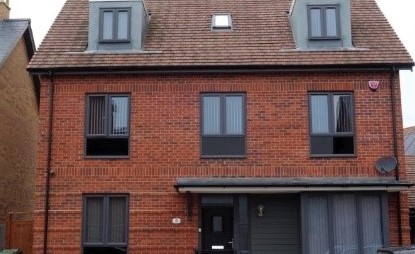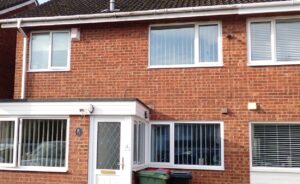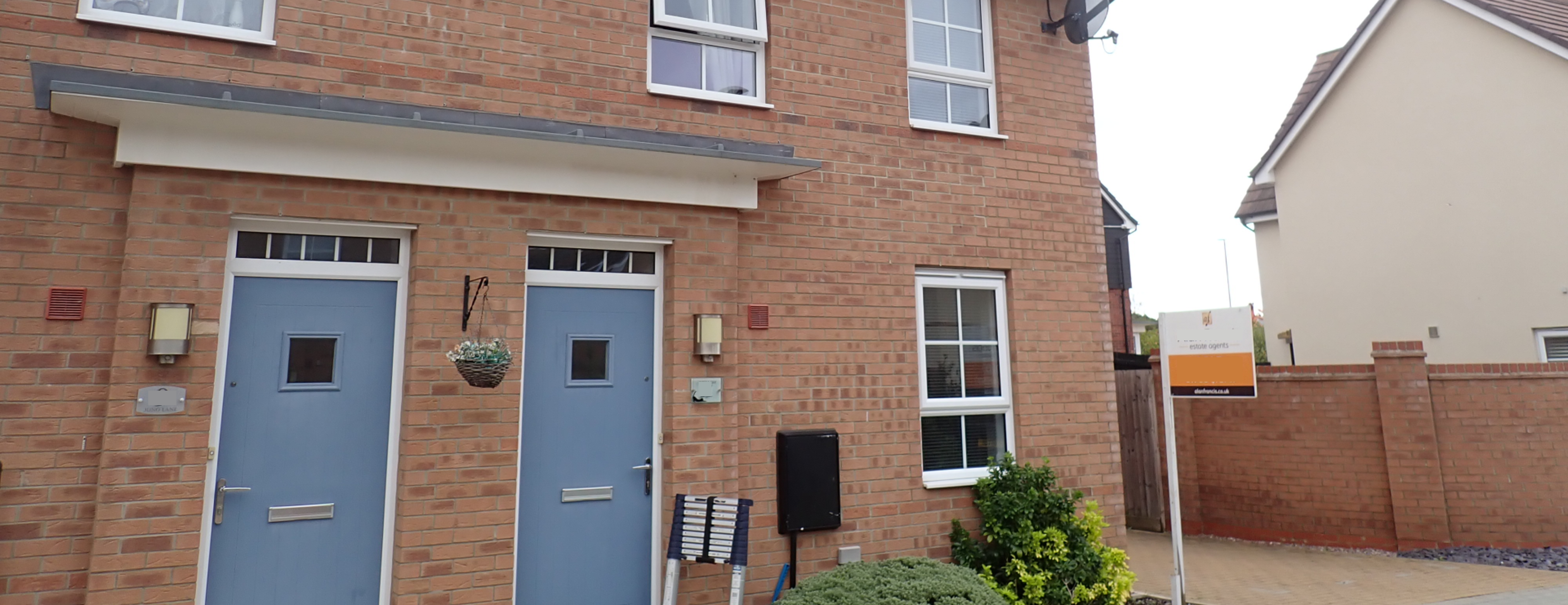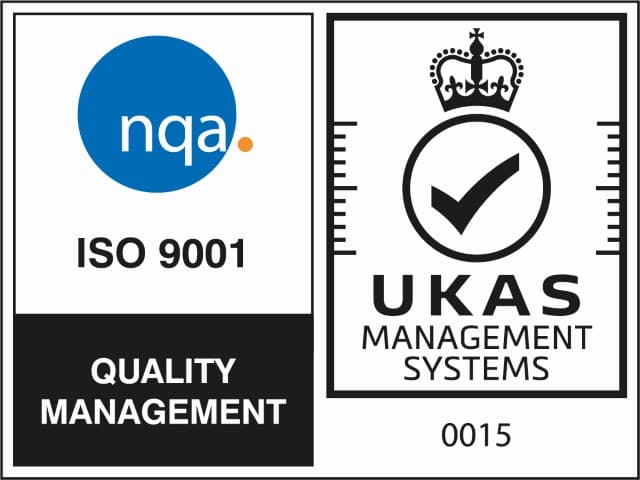Milton Keynes is a relatively new development, and has much younger housing stock than many of the other places where we survey. That does not mean, however, that buyers will not come across defects when looking for a new home. Here, our Milton Keynes surveyors share some of their top tips on what to look out for when buying a house in the city.
Milton Keynes is a modern settlement – the town as we know it was developed in the late 1960s, using a distinctive grid system that even now is a unique feature of the city and keeps the traffic flowing more steadily than in similar urban areas.
There have been settlements in the Milton Keynes area for hundreds of years, and there are plenty of beautiful historic homes in the surrounding areas. In this article, however, our homebuyer surveyors focus in on Milton Keynes itself, where the average age of a house is around 35 years.
Here are the key things our surveyors look for when surveying Milton Keynes houses.
If the property is brand new, you should be covered by an NHBC 10-year warranty. Within the first two years, you will have a ‘builder warranty’, meaning your builder will repair any defects that do not meet the NHBC standards.
In the following 8 years, you are covered by NHBC insurance, which covers damage to the property that results from the build quality not complying with the NHBC technical requirements.
If you are buying a property within 10 years of it being built, these warranties will be transferred to you.
For both of these warranties, it’s crucial to notify the builder/NHBC of any defects as soon as possible. As well as identifying issues yourself, you might choose to have a snagging survey, which will involve a surveyor visually checking the quality of the workmanship against the relevant standards. Others choose a Homebuyer report (RICS Level 2 survey). These are carried out by an RICS surveyor and will go into more depth on the overall condition of the property, the build quality, and any significant issues that might affect its value. A homebuyer report will also include a reinstatement cost for insurance purposes and a market valuation, if required.
With a new build, our home surveyors are particularly looking at the quality of workmanship.
They will inspect the pointing, tiling and drainage to ensure it is all appropriate. Windows can be poor-fitting, particularly if contractors have been rushing to get through large volumes of work, and we have also seen damage to parts a house caused by builders working on other aspects of the property. Surveyors will also check the building’s compliance with current regulations as a matter of course.
They will inspect the pointing, tiling and drainage to ensure it is all appropriate. Windows can be poor-fitting, particularly if contractors have been rushing to get through large volumes of work, and we have also seen damage to parts a house caused by builders working on other aspects of the property. Surveyors will also check the building’s compliance with current regulations as a matter of course.

21st Century Homes
We would expect to see houses that are 1–2 decades old still in fairly good condition. Any major defects would indicate poor workmanship at build stage, or alternatively, dodgy alterations or extensions.
In addition to the points mentioned above, there are several key aspects our Milton Keynes surveyors look at when inspecting these homes.
Issues with drainage will be starting to cause damp internally, and rainwater goods and damp courses will be looked at in detail. Any cladding will also be carefully reviewed because any cracks could be letting in water.
Another key consideration, as Timothy Allcott MRICS notes, is that “Milton Keynes is built on clay soil, which is prone to shrinkage in very dry conditions, particularly if nearby tree roots are drinking up moisture from the ground.”
This ground shrinkage, and the inevitable expansion when conditions get cooler and wetter, can affect the foundations of properties, leading to subsidence. Any cracks in a property will be thoroughly inspected, as will other signs of movement such as sticking doors and windows, or wallpaper ripples at joints. Surveyors will also assess the types of nearby trees and their proximity, to give buyers an idea of the level of risk of future subsidence.

Mid–late 20th Century
A lot of the properties we survey in Milton Keynes fall into this category. Again, subsidence, while rare, is a critical issue to be on the lookout for. It is also more common for properties from this era to have had structural alterations, such as extensions.
It is important that surveyors assess both the build quality of any structural changes and their compliance with current regulations.
Asbestos was widely used from the 1960s until the mid-1980s, and is occasionally found in houses built up to and including the 1990s. It was mainly used as insulation and in cement products, such as profiled sheets for roofing and wall-cladding. A homebuyer report or building survey will include a check for any asbestos or suspected asbestos.
We have also seen several cases of poorly installed insulation – pre 1990s, cavity walls did not have cavity wall insulation at time of build as standard. Retrospective insulation can improve the insulation of a home, but poorly or wrongly installed insulation leads to damp, acting as a vector, transmitting water from the outside wall to the inside. Once insulation is wet, it needs to be removed to prevent further damp, which can be costly.

Allcott Associates’ building surveys
Our homebuyer reports and building surveys are some of the most detailed in the industry. They are all produced by experienced surveyors, with photos illustrating our findings throughout.
Check out our reviews on Google and Reviews.co.uk, or view our sample reports.











